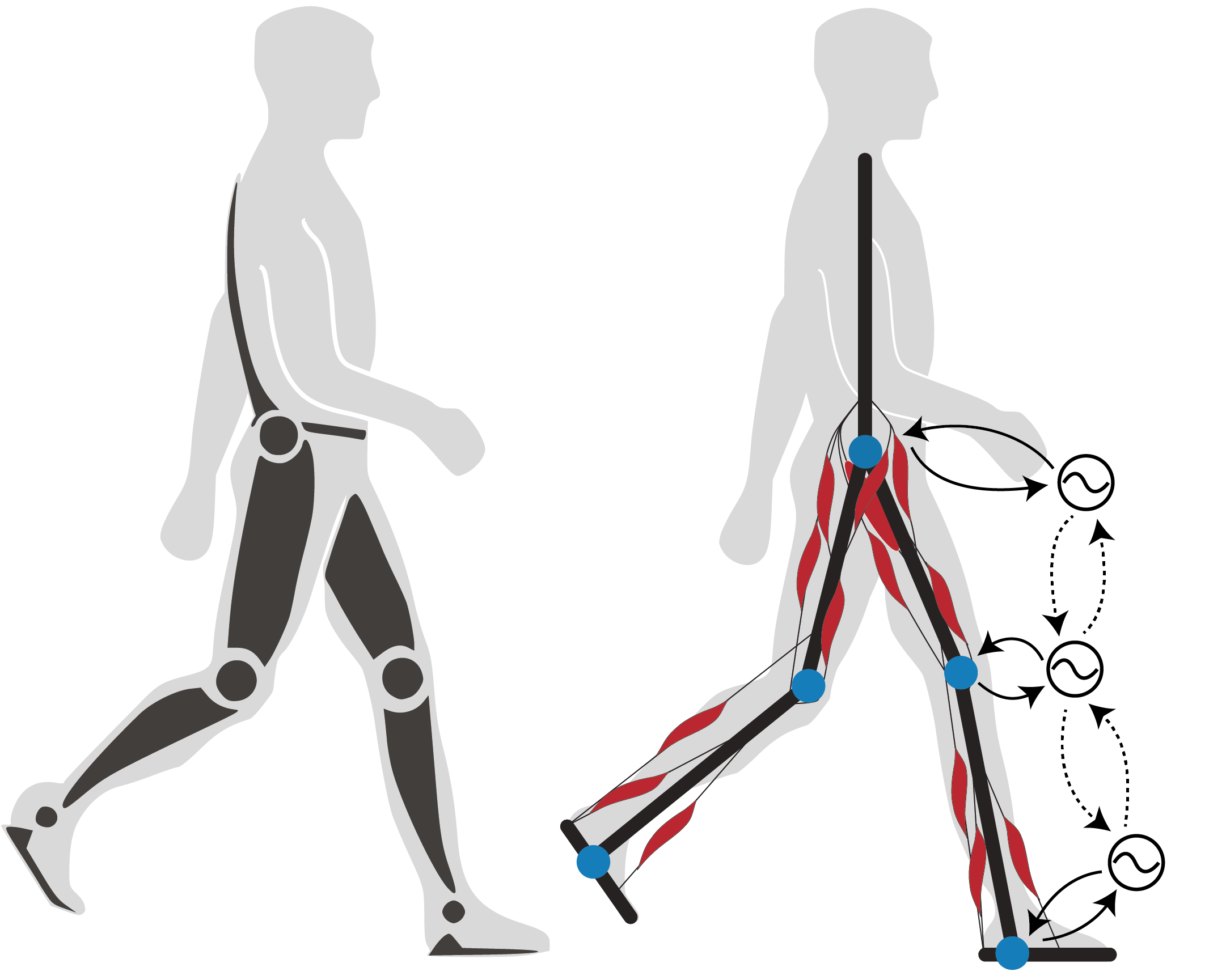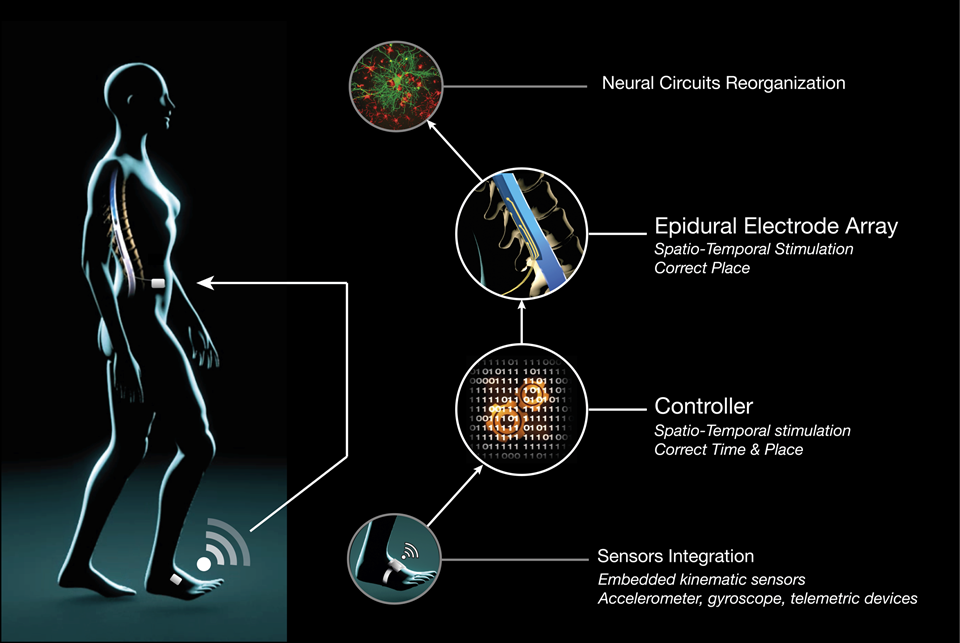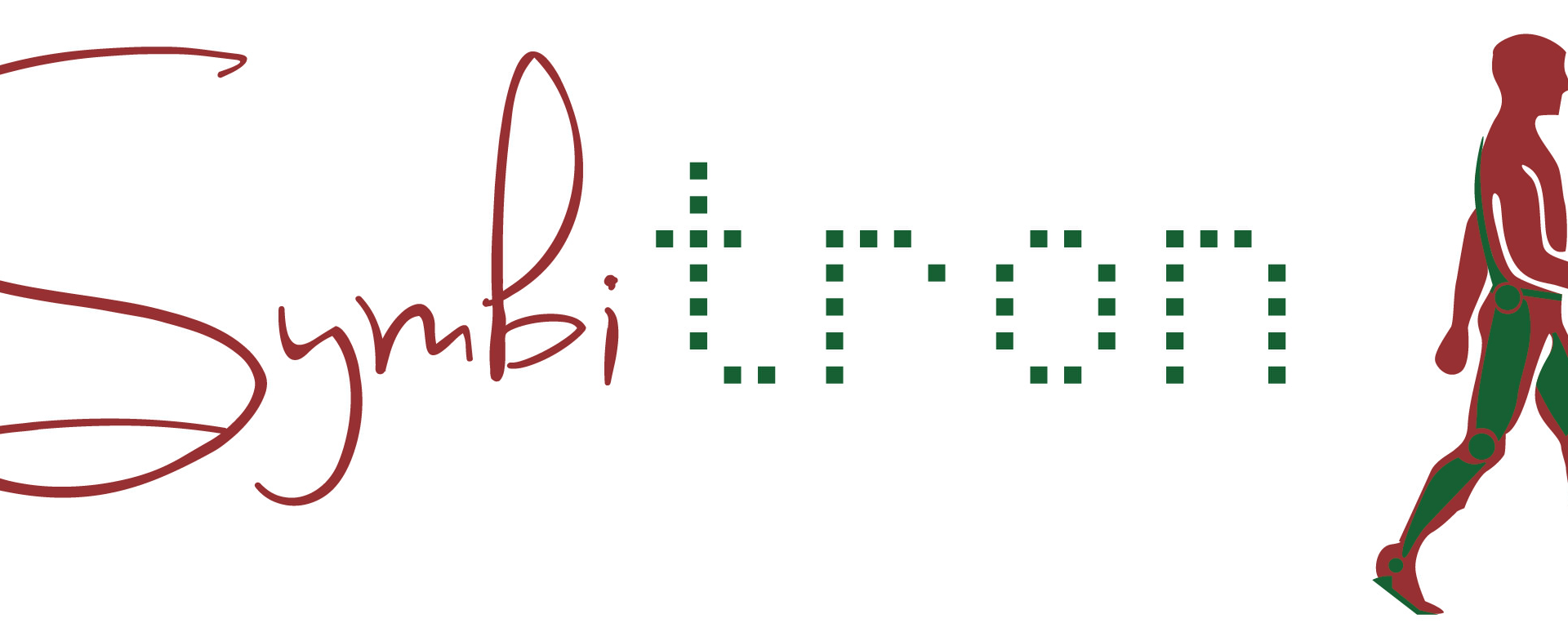Rehabilitation Technologies at BIOROB
 Rehabilitation and assistive technologies have been fields of investigation at BioRob since 2009.
Rehabilitation and assistive technologies have been fields of investigation at BioRob since 2009.
Our efforts aim at embedding our knowledge in robotics design, advanced control techniques and optimization within the development of technological platforms that can improve rehabilitation outcomes and support the daily life of people with motor deficiencies, such as e.g. strokes, spinal cord injuries, cerebral palsies.
By exploiting biologically-relevant and bio-inspired neural models such as e.g. central pattern generators and neuromuscular modelling, we aim at developing robotics systems and neuroprosthetic devices that can create a natural symbiosis with their end-users, take over some of the time- and energy-consuming workload for the clinical staff during rehabilitation protocols, and assist impaired motor functions during activities of daily living.
The goal is not to replace the clinical staff, but to relieve them of the most painful aspects of their tasks, eventually leading to longer and more frequent training sessions for the end-users. In parallel, developing assistive robots might also be useful to extend the therapy in minimally stressful environments such as domestic settings. Finally, we also expect that some design methodologies developed for rehabilitation robotics might also be adapted to active prosthesis design.
Our research focuses on the development of systems to support both lower-limb and upper-limb impaired motor functions. For work on lower-limb exoskeletons, please check out the website of the Rehassist group led by Dr Mohamed Bouri, and affiliated to Biorob.



